Archives
- 2025-12
- 2025-11
- 2025-10
- 2023-07
- 2023-06
- 2023-05
- 2023-04
- 2023-03
- 2023-02
- 2023-01
- 2022-12
- 2022-11
- 2022-10
- 2022-09
- 2022-08
- 2022-07
- 2022-06
- 2022-05
- 2022-04
- 2022-03
- 2022-02
- 2022-01
- 2021-12
- 2021-11
- 2021-10
- 2021-09
- 2021-08
- 2021-07
- 2021-06
- 2021-05
- 2021-04
- 2021-03
- 2021-02
- 2021-01
- 2020-12
- 2020-11
- 2020-10
- 2020-09
- 2020-08
- 2020-07
- 2020-06
- 2020-05
- 2020-04
- 2020-03
- 2020-02
- 2020-01
- 2019-12
- 2019-11
- 2019-10
- 2019-09
- 2019-08
- 2019-07
- 2019-06
- 2019-05
- 2019-04
- 2018-07
-
The inhibition of FAS by C produces
2019-09-23
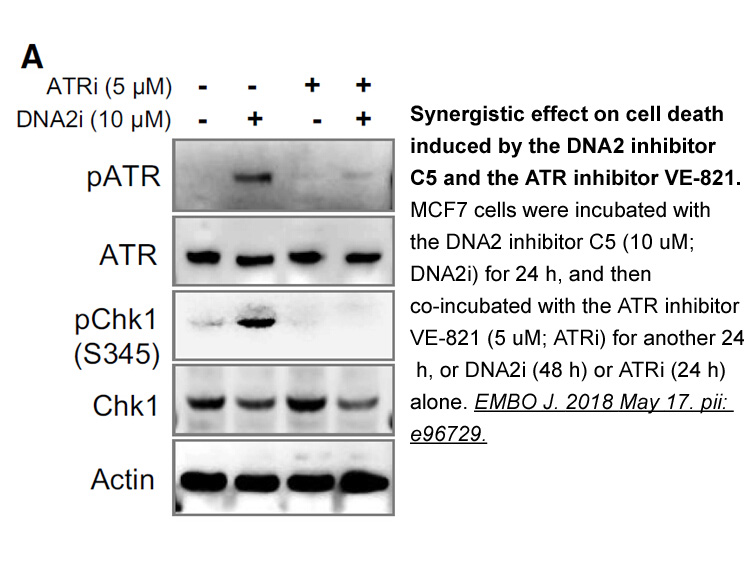
The inhibition of FAS by C75 produces an accumulation of malonyl-CoA which is difficult to reconcile with the activation of CPT1 reported by others [2], [16], [17], [18]. To unravel this paradox the mechanism of action of C75 needs to be examined. We recently demonstrated that C75 is converted in vi
-
One of the therapeutic proteins used in cancer therapy
2019-09-23
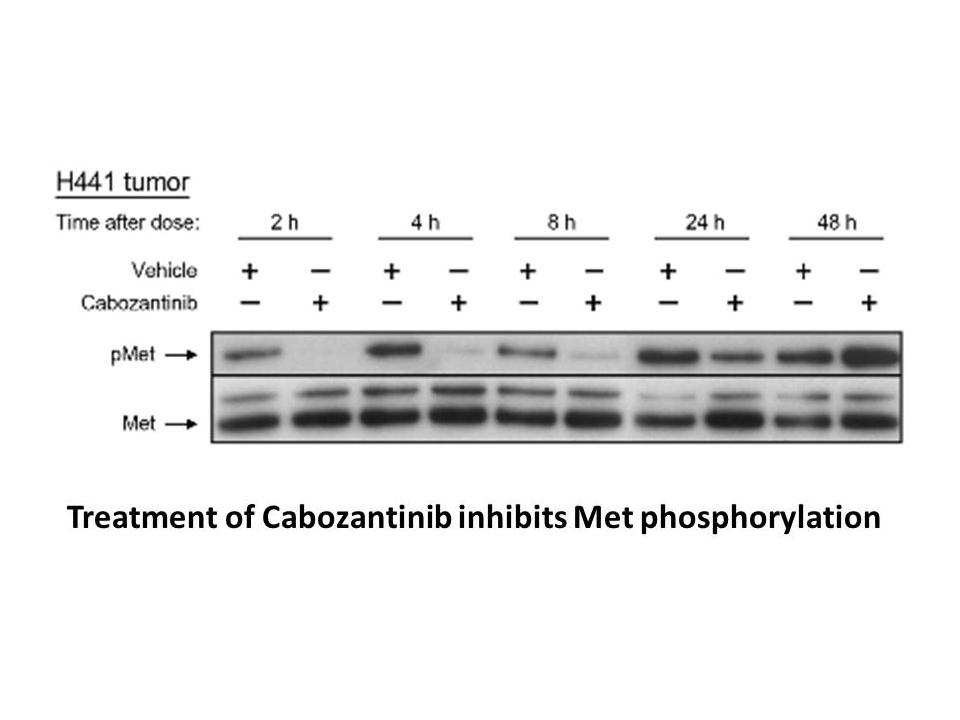
One of the therapeutic proteins used in cancer therapy is glucarpidase, also known as Carboxypeptidase G2, CPG2, which originates from the bacterium Variovorax paradoxus (old name, Pseudomonas sp. strain RS-16). It has no mammalian equivalent (Thompson et al., 1994; Kamlage, 1994) and is a zinc-depe
-
Leukotrienes themselves are implicated in the development of
2019-09-23

Leukotrienes themselves are implicated in the development of gastrointestinal ulcers, asthmas, and different inflammatory processes [18], [19]. It is noteworthy that COX isozymes and LOX share the same substrate arachidonic acid; therefore, inhibition of prostaglandins production by cyclooxygenase p
-
CK comprises a family of serine threonine protein
2019-09-23
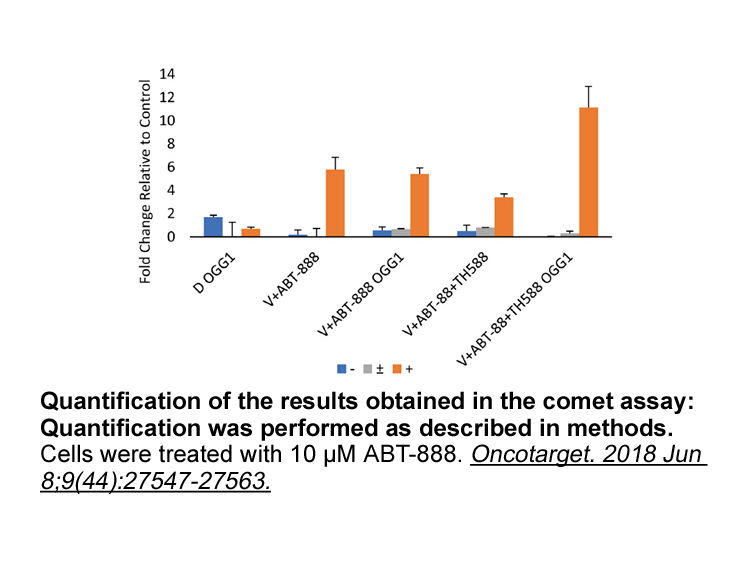
CK1 comprises a family of serine/threonine protein kinases, that includes different CK1 isoforms namely α, β, δ, ε and γ their various splice variants [56]. It was reported that the pharmacological inhibitor IC261 shows an order of magnitude of higher selectivity for CK1δ or CK1ε isoforms (IC50 of 1
-
br Introduction Cerebral stroke causes an efflux of
2019-09-23
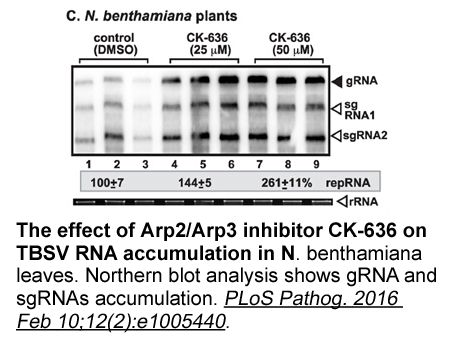
Introduction Cerebral stroke causes an efflux of various groups of progenitor and stem cells from bone marrow to bloodstream and the levels of these cells correlate with neurological status of stroke patients (Gójska-Grymajło et al., 2012, 2018). It is thought that paracrine factors produced by t
-
br Conflicts of interest br Acknowledgements This
2019-09-23
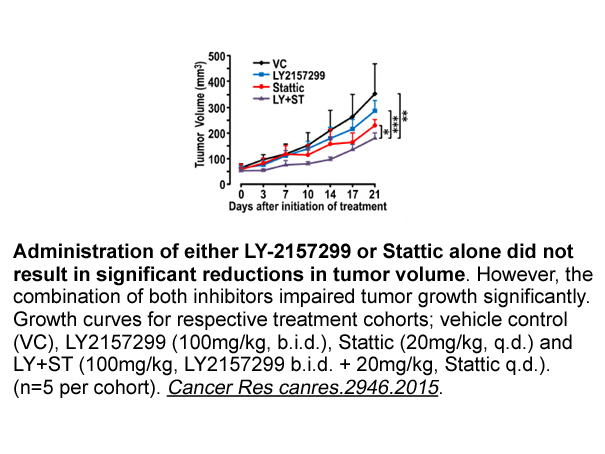
Conflicts of interest Acknowledgements This work was supported by the Swiss National Science Foundation No 31003A-179400 to AO. We thank Dr. Thierry Langer, University of Vienna and Inte:Ligand GmbH, for providing the LigandScout Software, and Dr. Daniela Schuster, Paracelsus Medical Universit
-
br Results br Discussion Our UbV library was originally
2019-09-23
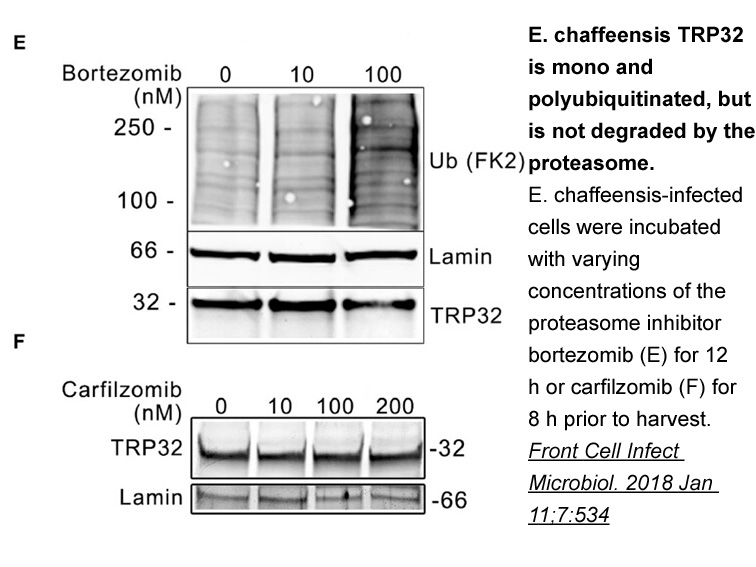
Results Discussion Our UbV library was originally designed to develop inhibitors of deubiquitinases (Ernst et al., 2013). Recently, we showed that UbVs could exhibit multiple binding modes and mechanisms to modulate HECT E3 activity (Zhang et al., 2016)—one set occupied the HECT domain E2-bind
-
br Chemistry Scheme shows the synthesis of
2019-09-21
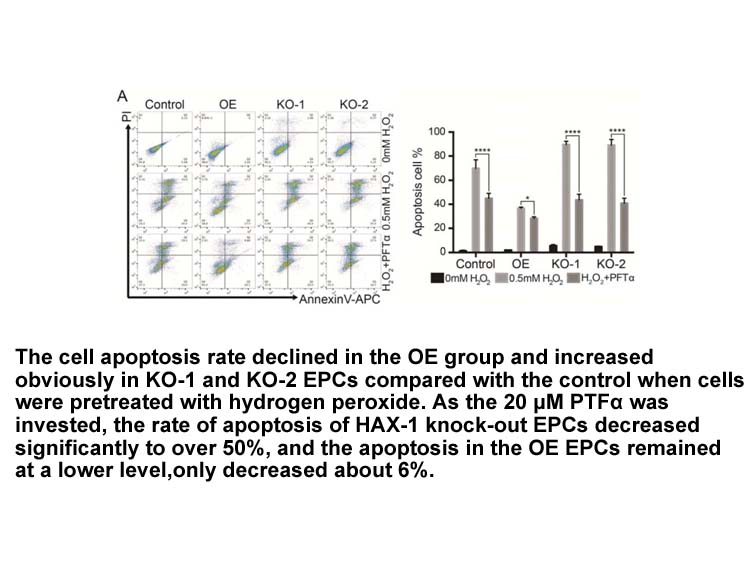
Chemistry Scheme 1 shows the synthesis of compounds 15-1–15-33 from commercially available 2-(4-aminophenyl)acetonitrile (8a). Protection of the starting material 8a with di-t-butyl dicarbonate afforded 9. The reaction of 9 with methyl 1-chloroisoquinoline-4-carboxylate in the presence of sodium
-
Accumulated evidence indicates that apelin plays a
2019-09-21
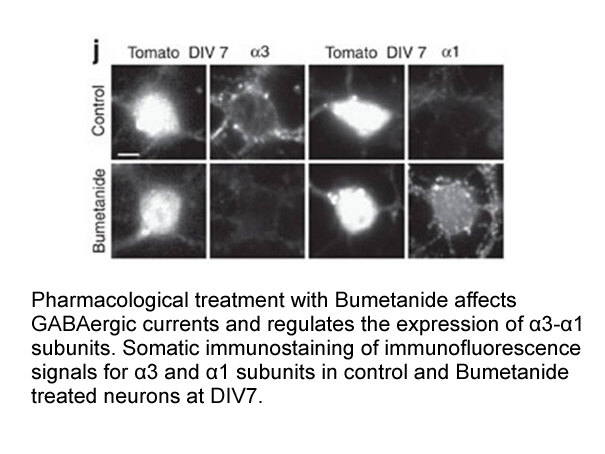
Accumulated evidence indicates that apelin plays a protective role in ischemic stroke, contributing to post-stroke recovery (Yang et al., 2014; Chen et al., 2015; Xin et al., 2015; Yan et al., 2015). Apelin gene (APLN) encodes prepro-apelin with 77 amino acids, while the C-terminal 23 Gemcitabine HC
-
br Perspective and conclusion Collagen Toolkits II
2019-09-21
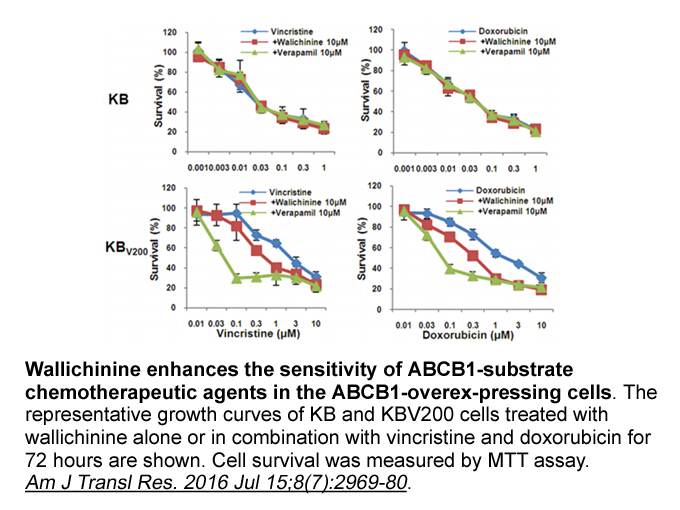
Perspective and conclusion Collagen Toolkits II and III have been used to determine the MTEP hydrochloride pathway for DDR1 and DDR2, and the main binding site is the GVM-GFO motif [103,108]. The co-crystal structure of the DS domain of human DDR2 bound to a synthetic collagen-like peptide conta
-
In this study we implicate SCFFBXO E ligase as
2019-09-21
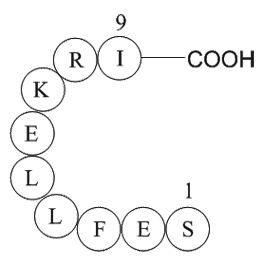
In this study, we implicate SCFFBXO3 E3 ligase as a critical modulator of inflammation in atherosclerosis and demonstrate the efficacy of a small molecule FBXO3 inhibitor in suppressing inflammatory responses important in atherosclerosis. Specifically, individuals carrying a hypofunctioning genetic
-
br Concluding remarks A crucial step in the
2019-09-21
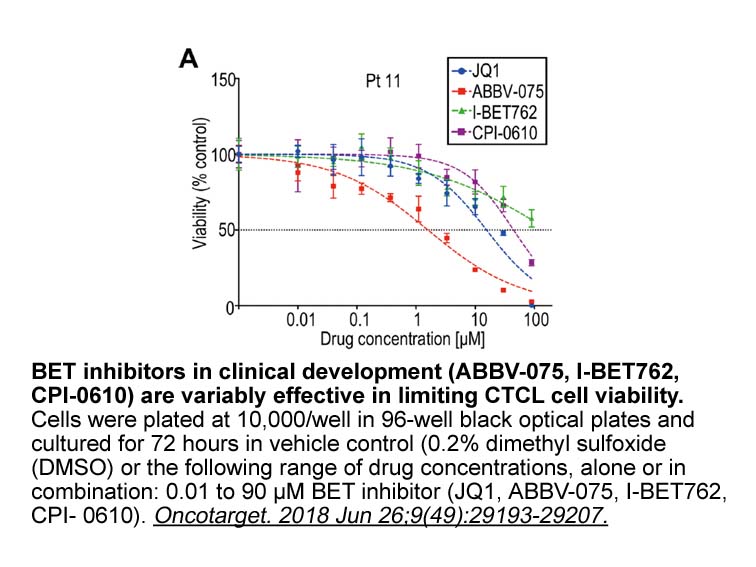
Concluding remarks A crucial step in the microbial degradation of steroids is the 1(2)-dehydrogenation of the steroid nucleus by FAD-dependent Δ1-KSTDs. This step is required to initiate the opening of the steroid nucleus under both aerobic and anaerobic conditions. A large variety of steroid-deg
-
Global inhibition of integrin signaling with EDTA here
2019-09-21
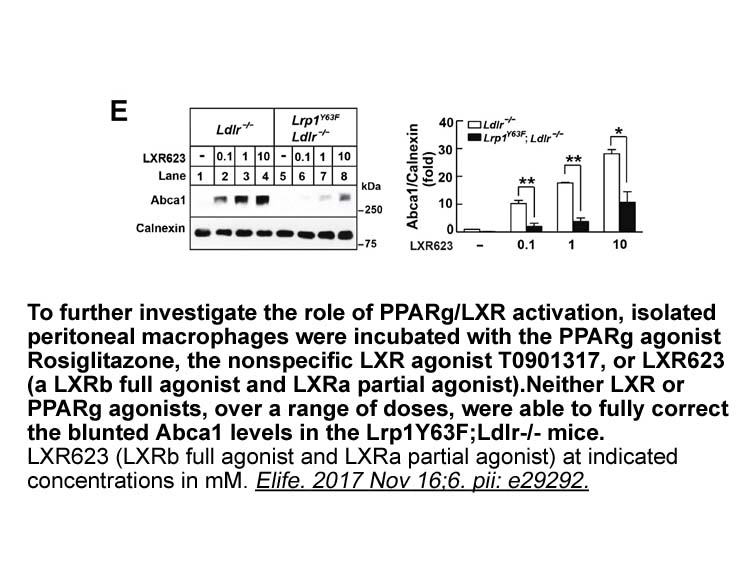
Global inhibition of integrin signaling with EDTA here suggests that integrin signaling potentially cooperates with DDR2 in collagen induction of lysyl oxidase. This notion is supported by a recent study that shows DDR2 cooperation with specific integrins in cell adhesion to collagen [47]. It is of
-
While these previous correlative studies
2019-09-21
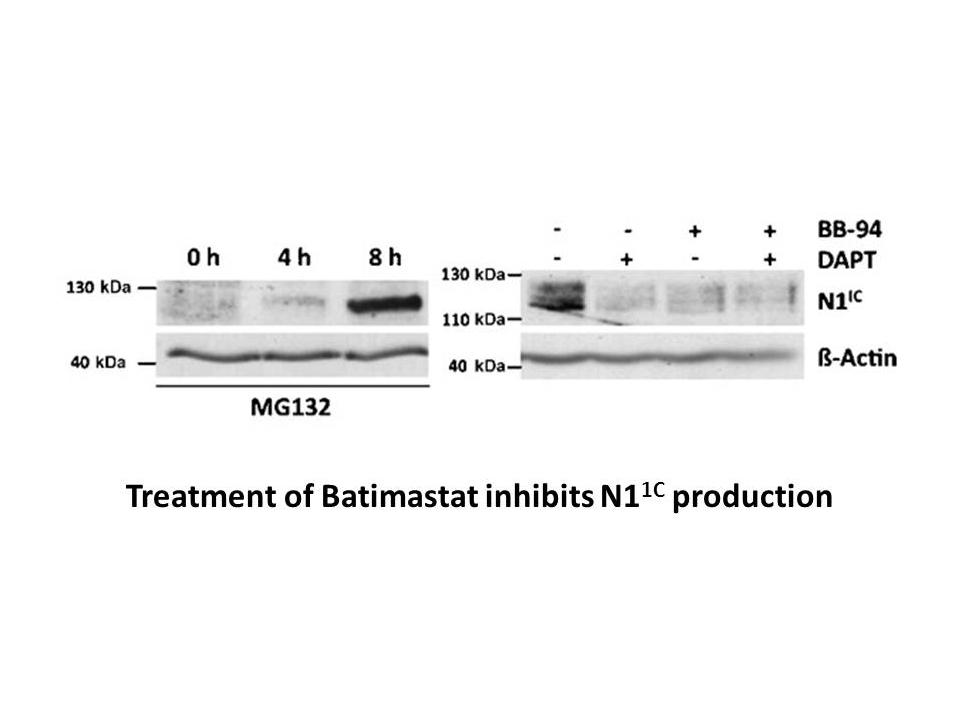
While these previous correlative studies have measured tDDR1 protein by IHC, these studies have not considered that pDDR1 could also be an important marker of cancer prognosis. A phosphoproteomic survey of lung cancer tissues did identify pDDR1 as one of the most commonly phosphorylated receptor kin
-
br Materials and methods br Results
2019-09-21
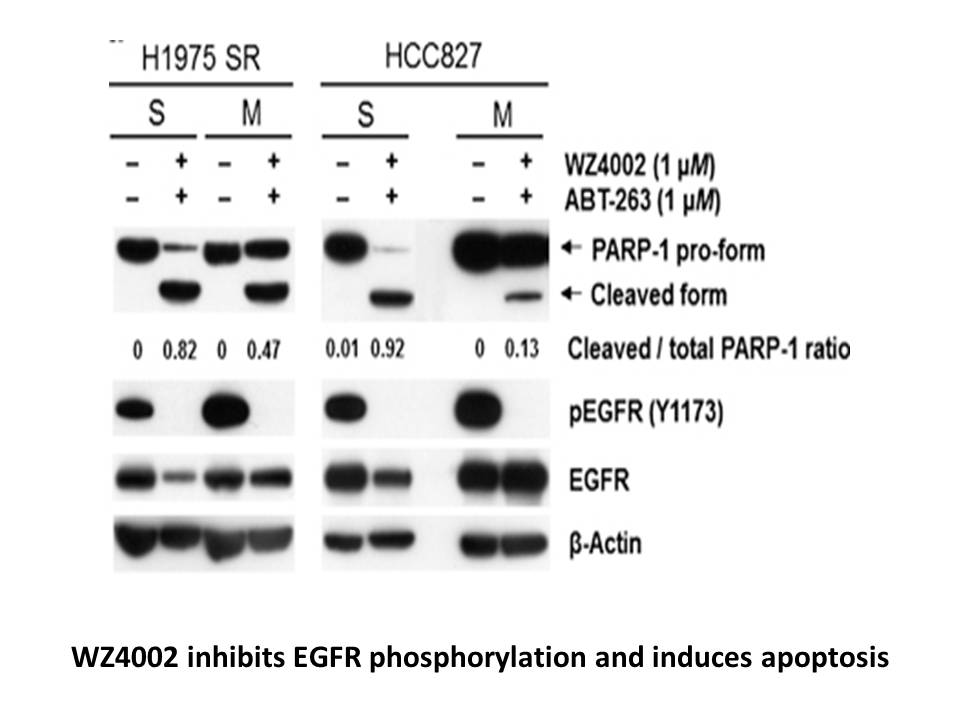
Materials and methods Results Discussion In general, CI symptoms are often visible only after the chilled products have been removed from coolstore to a warmer temperature (Schirra and Cohen, 1999). However, in the present work, \'satsuma’ mandarin fruit stored at 2°C showed chilling sympto
11185 records 663/746 page Previous Next First page 上5页 661662663664665 下5页 Last page